MATHINFINITY

PROBABILITY
Probability is the measure of the likelihood that a random event will occur. Probability is quantified as a number between 0 and 1, where 1 indicates certainty. The higher the probability of an event, the more certain that the event will occur.

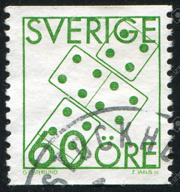
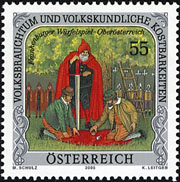
Mathematical Theory of Probability
When tossing a coin, the probability of it being "head" equals that of it being "tails", i.e. 1/2 opportunity. This is called Theoretical Probability or Priori Probability, because it is derived purely by deductive reasoning. If a coin is tossed 100 times and the "head" appears 52 times, the probability is 0.52. This type of probability which quantifies the occurrence of an event on the basis of empirical evidence collected by the experiment is called Empirical Probability or Posteriori Probability.
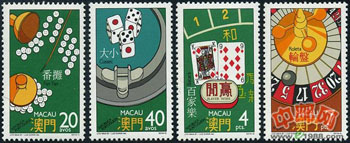
Probability and Dice Game
In 1651, gambler, De Mere, met the mathematician Blaise Pascal during their journey. While talking about gaming, the former asked the mathematician about bet distribution. Blaise Pascal told his ideas to Pierre de Fermat. While doing gaming experiments, both of them analyzed the problems encountered and finally solved the problem of bet distribution. The Value of All Chances in Games of Fortune published in 1657 by the Dutch mathematician, Christian Huygens, who had carried out independent researches, had great impact on the important concept of Mathematical Expectation.
Probability and Statistics and Research
The Law of Large Numbers states that the average of the results will be closer to the expected value as more trials are performed. In other words, the more the number of trials, the closer the empirical probability and the priori probability will be. An example is the mortality rate. We have no way to obtain the death probability of a certain age group in a certain year. We can only calculate the result from the total number of deaths among all age groups in that year. Therefore, the premium of life insurance is analyzed based on empirical probability. The amount of premium is calculated based on the mortality rate of different age groups. Moreover, the government should take into account, research on, arrange and analyze the different statistics of people's livelihood and commercial activities when researching and devising the policies regarding the future changes in population and social development.
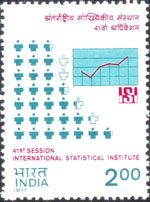
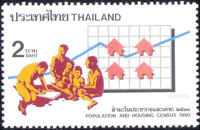

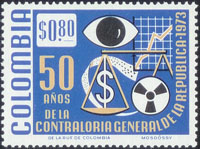
Interactive Game
Experience probability through the dice game. Just press the handle of the dice cup. The sum of the dots every time will be recorded, please check if the probabilities of large sum values and small sum values are the same.
Did you know?
- Dice started appearing since 5000 years ago. However, they were in the shapes of rods and pyramids. Nowadays, dice are usually cubes with six faces. The sum of the opposite sides is seven. Other kinds of dice in the shapes of various polyhedrons used in board games include tetrahedron, octahedron, pentagonal trapezohedron, dodecahedron and icosahedron.
- In lucky draws, regardless of the total number of participants, some people always win, but some people are never drawn. Apart from probability, what do you think are the other factors or reasons that may affect the drawing result?
About CMM
Contact US
Others
Other Websites
Number of Visitors:
Last Modified Date: 10/03/2025